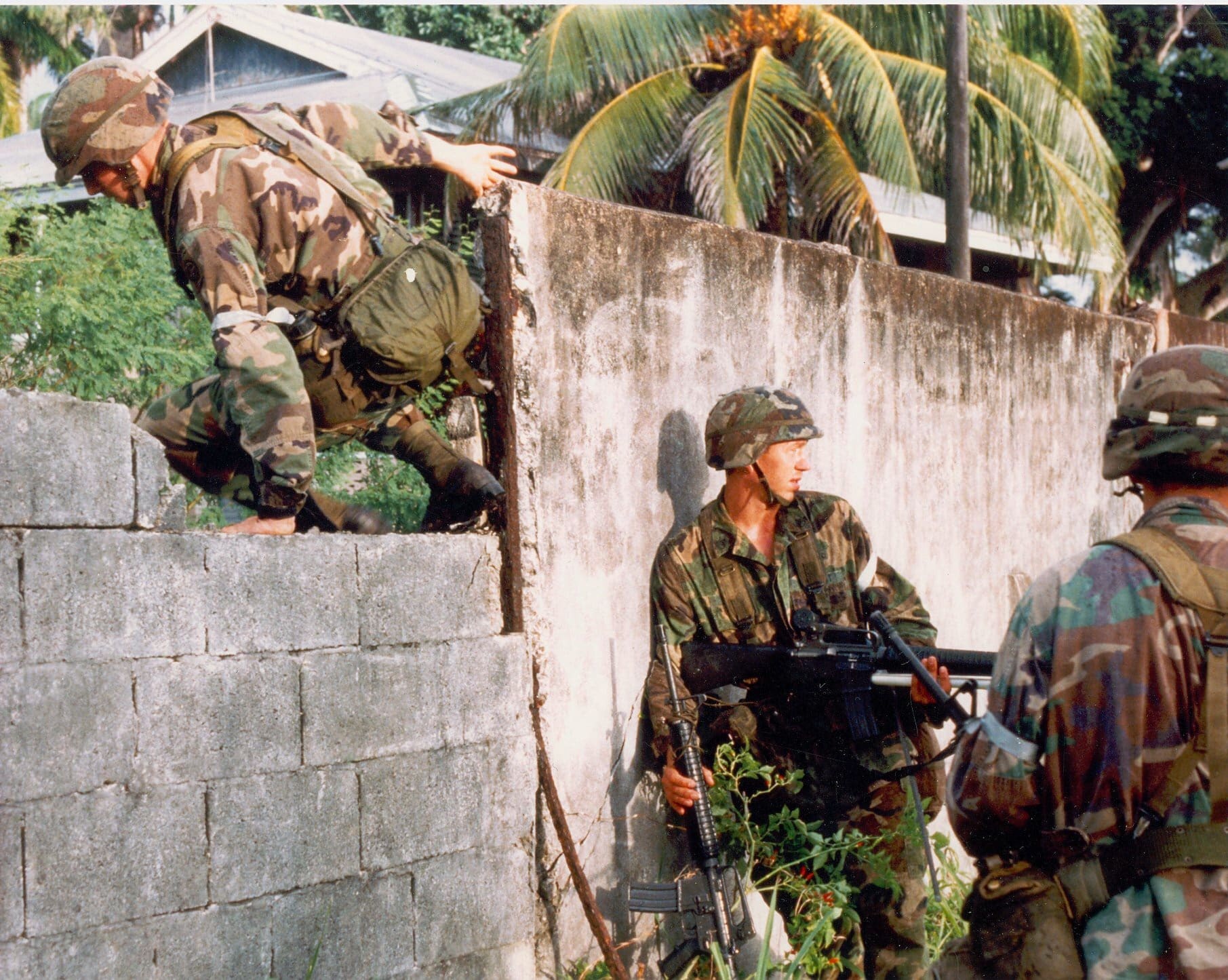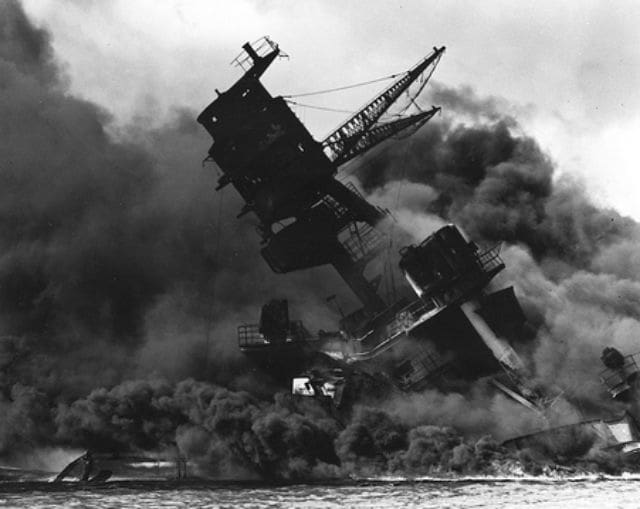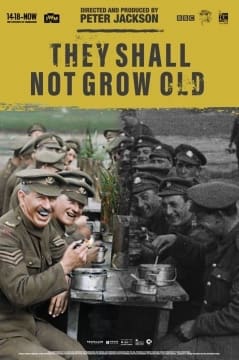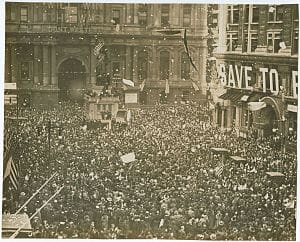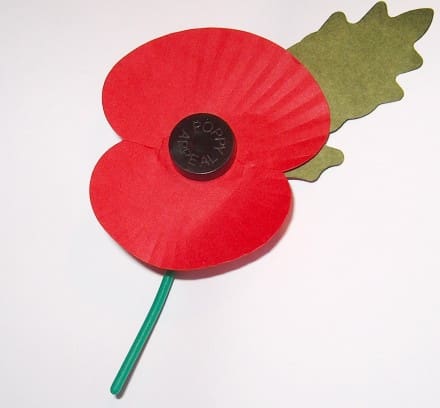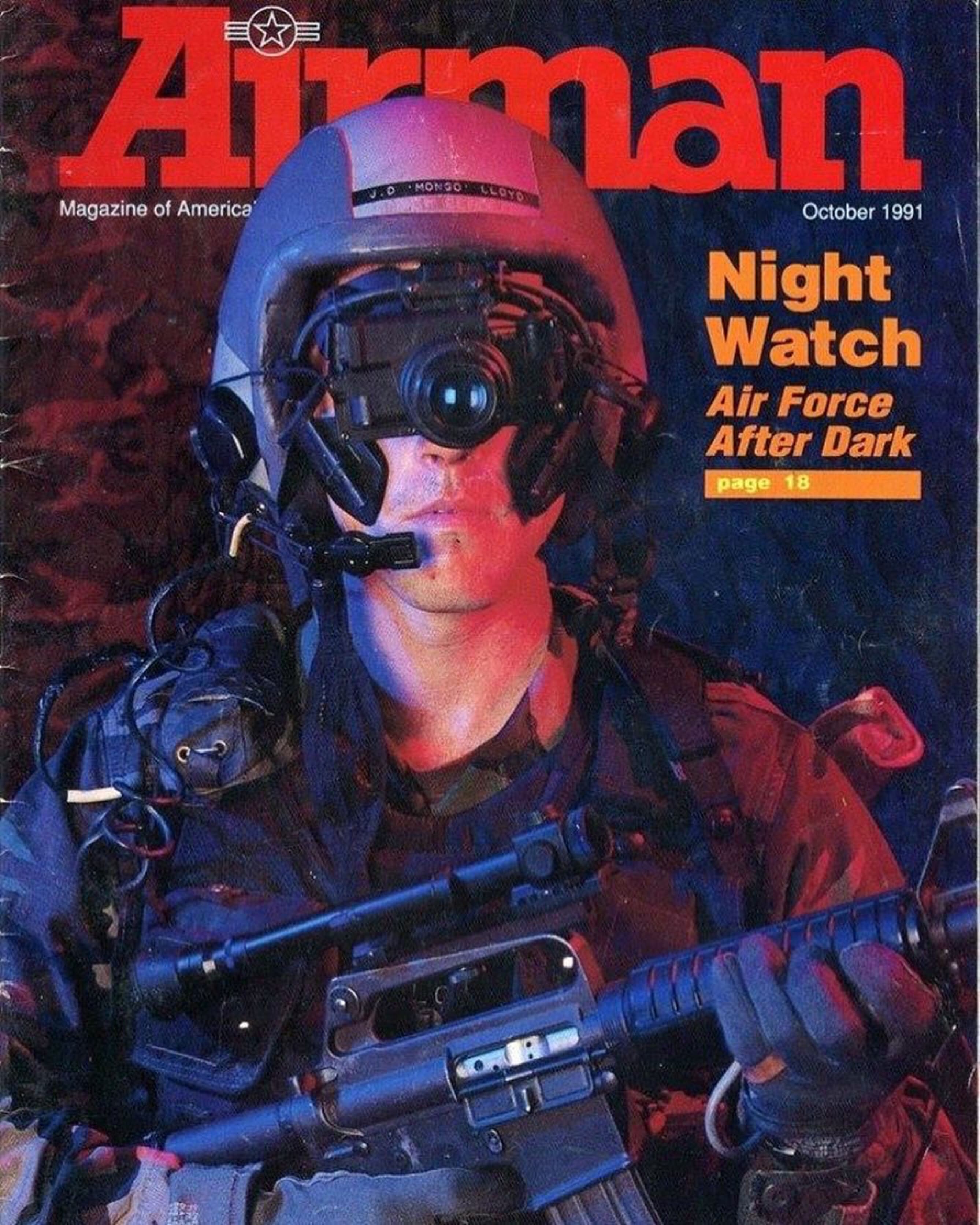Radford, VA – The Military History Chronicle (MHC, milhistorychronicle.com) is now live.
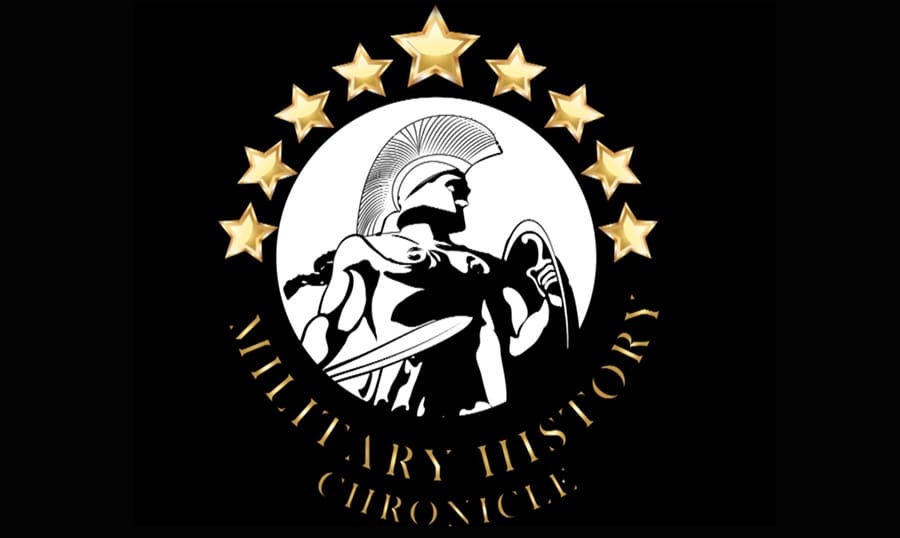
Though still in a nascent stage, the Military History Chronicle promises engaging, in-depth analysis of critical military events throughout history.
MHC features the perspective of accomplished historians Jeff Ballard and W. “Bucky” Lawson on everything from the (overrated?) significance of the Battle of Midway to an analysis of Lincoln’s strategic victory at Ft. Sumter. Current content is only on YouTube but will soon spread to the blogosphere. No Fighting in the War Room, the channel’s signature segment, features Ballard and Lawson discussing (and occasionally arguing over) such questions as, “Who was the best fighting admiral in the Pacific?”, and “Was Kelly’s Heroes better than The Dirty Dozen?”
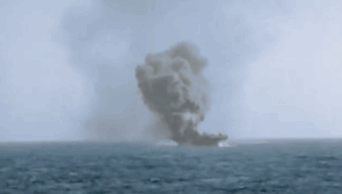
Hosts Lawson and Ballard themselves are an odd combo of California surfer dude and Appalachian hillbilly. Both earned master’s degrees in Military History (with honors even!) and decided to use their newly-minted edjumacation to engage the world on social media. Or something. Lawson writes for the peer-reviewed Journal of the Saber and Scroll Historical Society and other publications; Ballard likewise scribes for the Journal and can also be found in the pages of Strategy & Tactics Press.
Though both historians are primarily interested in WWII matters, the channel and blog will address topics from any time periods. Content will include book reviews and interviews, tongue-in-cheek responses to viewer and reader questions, and the consumption of both bourbon and cigars. There is also a historical swag shop (www.thewarroom.store) with t-shirts and other loot; proceeds will be used to improve production value. And buy cigars.
NO FIGHTING IN THE WAR ROOM
Visit Military History Chronicle online; www.milhistorychronicle.com
Connect with Strategy & Tactics Press; www.facebook.com/StrategyTacticsPress
Buy some swag; www.thewarroom.store
